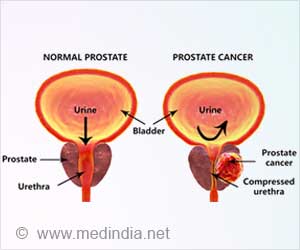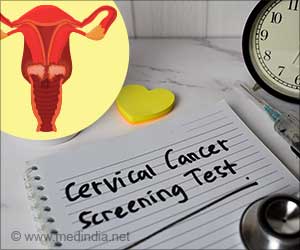Highlights
- Aerobic exercise improves the brain volume and cognitive function in adults with mild cognitive impairment (MCI).
- MCI is when a person experiences changes in thinking abilities, memory problems and might develop to Alzheimer’s, dementia if untreated.
- High resolution images measure anatomical changes within brain areas and are useful to monitor changes in MCI.
Adults with mild cognitive impairment (MCI) experienced an increase in brain volume when they exercised four times a week over a six-month period. Using a new MRI technique, the changes were monitored. MCI is a condition in which a person has changes in thinking abilities that can be noticed by the person affected and their family members. Daily activities of the person remain unaffected but the person does experience memory problems and it may lead to Alzheimer’s and dementia.
Aerobic exercise is a form of physical exercise that uses the muscles in your arms, legs and hips and makes your overall body healthy. It also gives you more stamina; hence you will be able to do any kind of physical activity without getting tired soon. There are various types of aerobic exercise such as running, bicycling, swimming, rowing.
High-resolution brain MR images were taken to mark the effect of aerobic exercise and stretching before and after 6 months. The results were compared with conventional and biomechanical metrics to measure the change in both brain volume and shape.
"We used high-resolution MR images to measure anatomical changes within areas of the brain to obtain both volumetric data and directional information," said Jeongchul Kim, Ph.D., co-investigator on the study from Wake Forest School of Medicine (WFSM).
In both the groups, brain volume increased in most gray matter regions, including the temporal lobe, which supports short-term memory. But, compared to the stretching group, the aerobic activity group had greater preservation of total brain volume, increased local gray matter volume and increased directional stretch of brain tissue.
The analysis revealed a local contraction, or atrophy, within the white matter connecting fibers among participants of the stretching group. Directional deformation, or shape change, is partially related to volume loss, but not always.
While patients engage in interventions including diet and exercise, both MRI measures are important to the treatment of MCI and Alzheimer’s. Study participants were tested to determine the effect of exercise intervention on cognitive performance. Participants in the aerobic exercise group showed statistically significant improvement in executive function after six months, whereas the stretching group did not improve.
"Any type of exercise can be beneficial," Dr. Kim said. "If possible, aerobic activity may create potential benefits for higher cognitive functioning."
Studies suggest that regular aerobic exercise can help improve certain mental functions, including attention and memory. It also helps release the endorphins; hence it keeps the person away from depression, stress and anxiety. This study adds on to the evidence that aerobic exercise has significant improvement in cognitive function.
References:
- Mild Cognitive Impairment - (https://www.alz.org/dementia/downloads/topicsheet_MCI.pdf)
- Aerobic Exercise Preserves Brain Volume and Improves Cognitive Function - (https://press.rsna.org/timssnet/Media/pressreleases/14_pr_target.cfm?id=1921)
Source-Medindia















